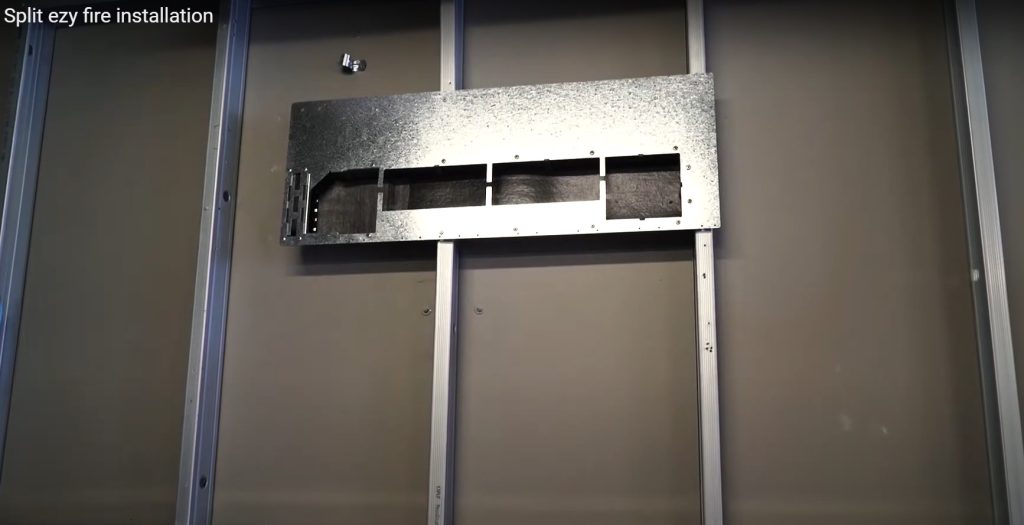Fire Suppression: Understand the Fundamental Principles from Split Ezy Fire
15 January 2024
Dive into the fundamental principles of fire suppression from Split Ezy Fire. Learn how it safeguards lives and properties. Call us at 0499 002 771 today!
Fire is one of the few elements that can damage buildings. It can also cause harm to people, leading to injuries or even deaths. To ensure properties will remain safe for a very long time, they must be equipped with the right fire suppression system.
Fire suppression, in general, is a multifaceted discipline encompassing various techniques and technologies that are designed to control and extinguish fires. Whether in residential, commercial, or industrial settings, they must be integrated with fire suppression systems.
Principles of Fire Suppression Systems
A variety of principles can be present in fire suppression systems. Some of them are as follows.
- Rapid Response: Rapid response is a critical principle in fire suppression systems. Once a fire is detected, swift action is essential to mitigate its impact. This involves initiating suppression measures, which can then implement evacuation protocols.
- Suppression Agents: The choice of suppression agents is a critical aspect of fire suppression. Water, foam, dry chemical powders, and gases are common agents used to extinguish fires. Each agent has unique properties that make it suitable for specific types of fires.
- Temperature Reduction: Fire suppression involves reducing the temperature of the fire to a point where combustion is no longer sustained. Water-based suppression methods like sprinkler systems work by cooling the fire and surrounding surfaces. This principle is particularly effective in preventing the re-ignition of combustible materials.
- Oxygen Deprivation: Fire requires oxygen to sustain combustion. Some suppression methods focus on depriving the fire of oxygen to extinguish it. Fire blankets and foam agents create a barrier that prevents oxygen from reaching the flames, which can be useful in controlling small fires.
- Chemical Reaction Inhibition: Certain suppression agents inhibit the chemical reactions that sustain a fire. Clean agents, for instance, are used for chemical inhibition as a suppression element for fire suppression products.
Split Ezy Fire: Key Features and Benefits
One fire suppression system that you can integrate into your building is Split Ezy Fire.
It is an innovative split system AC unit wall mount bracket that features an integral fire-rated intumescent penetration seal, which is fully fire-tested up to FRL -/120/120 following AS 1530.4. It can fit most split system air conditioner makes and models. It is also easy to install and set up, providing significant onsite time and cost savings.
This fire suppression system works by separating the air within the building into two zones, one above the fire and one below it. It then injects a non-toxic gas mixture into the upper zone, reducing the oxygen concentration in an affected building and preventing the fire from spreading. The rapid fire suppression capability of Split Ezy Fire helps a building minimise damage and reduce the risk of injury or loss of life. The use of a non-toxic gas mixture makes it a safe choice for fire suppression.
Understanding the fundamental principles of fire suppression and the features of Split Ezy Fire can help you select the right suppression agent for your property. By comprehensively grasping these principles, you can contribute to creating safer environments and minimising the devastating effects of fires.
Optimized by: Netwizard SEO
